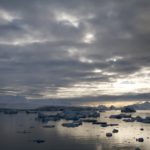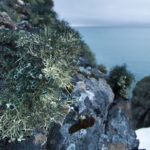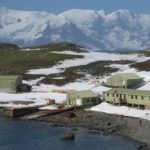Effects of elevational range shift on the morphology and physiology of a carabid beetle invading the sub-Antarctic Kerguelen Islands.
27 January, 2020 by Peter Convey
Climatic changes can induce geographic expansion and altitudinal shifts in the distribution of invasive species by offering more thermally suitable habitats. At the remote sub-Antarctic Kerguelen Islands, the predatory insect…



































